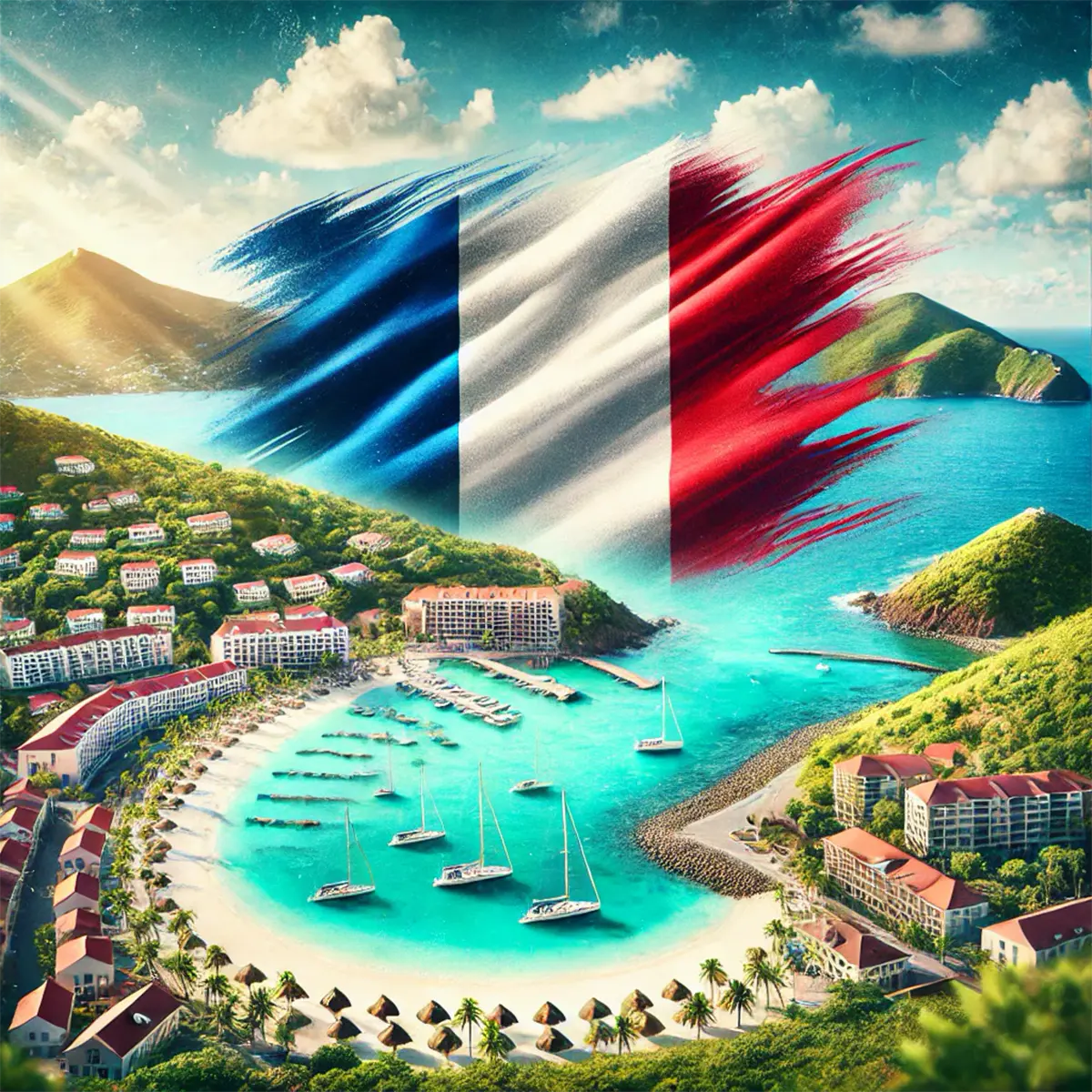St. Barthelemy was discovered by Christopher Columbus during his second voyage to the New World in 1493. Columbus named the island in honor of his brother, Bartholomew. However, the island remained uninhabited for centuries after its discovery.
In 1648, French colonists from the island of St. Kitts settled St. Barthelemy, but the island was not of great economic importance and was subject to numerous pirate attacks. In 1651, the island came under the control of the Order of Malta, but in 1674 it became a French colony again.
In 1784, France sold St. Barthelemy to Sweden, which made a significant contribution to the island's development, including the construction of the capital, Gustavia, named after King Gustav III, and the establishment of economic freedom, which contributed to the growth of trade. In 1878, St. Barthelemy became part of France again. Since then, it has remained a French colony and subsequently received the status of an overseas territory.
Thus, the following flags were used on the island:
- French period (until 1784): The island used the French flag.
- Swedish rule (1784-1878): During Swedish rule, the Swedish flag was used.
- Return to France (since 1878): After returning to France, the island again used the French tricolor flag, which remains official until today.




